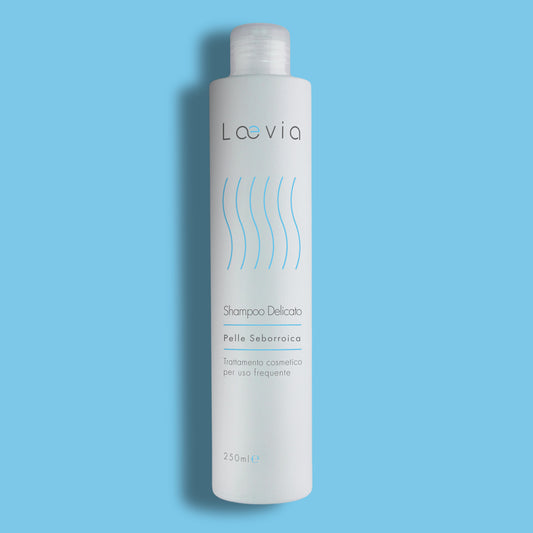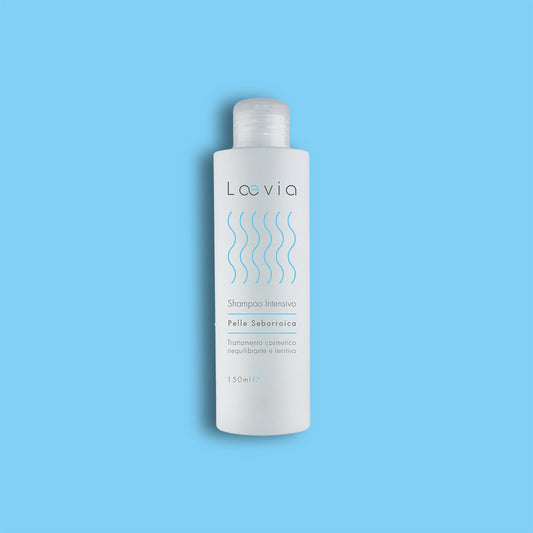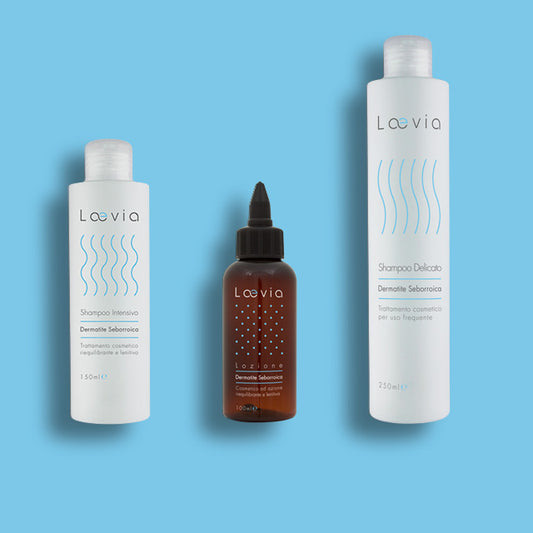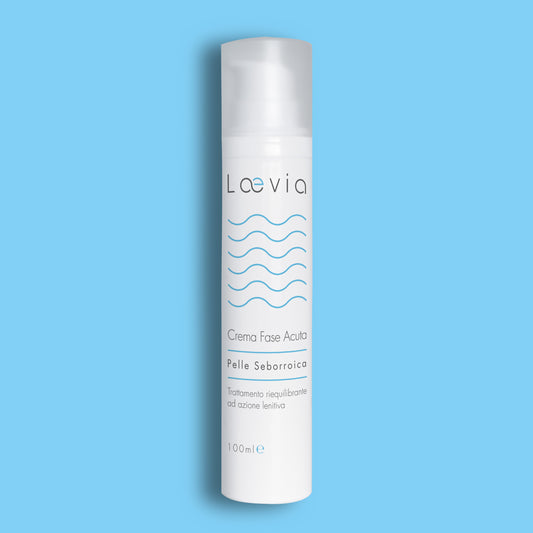THAT UNSTOPPABLE DESIRE TO SCRATCH
Why does my scalp itch? The fault lies in the excessive production of sebum by the sebaceous glands, which not only tends to suffocate the root of the hair, but does not even allow the scalp to 'breathe' which, in response, becomes irritated and reacts by showing itching on the scalp. whose intensity varies from person to person. Itching, however, is not only a consequence of seborrheic dermatitis and can also occur following other pathologies or conditions that can affect the scalp such as dandruff, dry scalp, psoriasis, ringworm, atopic dermatitis, eczema, pediculosis or scabies. Determining the nature of the itching is crucial to defining the most appropriate practical or therapeutic approach based on the problem that generated it. In any case, itching is not a symptom that should be ignored, because excessive scratching could induce folliculitis, which is an infection of the hair follicles (the endings of the hair) caused in most cases by bacteria, in particular by Staphylococcus aureus, from viruses or fungi. The combination of folliculitis and seborrheic dermatitis could favor or accelerate premature hair loss. Therefore, at the first signs of itchy symptoms it is best to contact a specialist or your referring doctor.

HOW TO RELIEVE THE ITCHING OF SEBORRHEIC DERMATITIS?
The first approach to apply is a practical one, that is, it is necessary to adopt some correct behaviors in the daily care of the skin and hair, ranging from washing methods, to the type of detergents to use, up to changes in one's lifestyle.
1. Don't wash your hair too vigorously or frequently, as you would further stimulate the production of sebum by the sebaceous glands of the scalp.
2. After each wash, dry your hair very well without using a hairdryer that is too hot. If the scalp becomes too dry, a vicious circle is generated between flaking and annoying itching.
3. Avoid the use of irritating, aggressive detergents and prefer those that have a pH compatible with that of the skin, which is already irritated due to seborrheic dermatitis and which may have developed hypersensitivity to some chemical agents contained in these products.
4. Take care of hydration, drinking lots of water and using products with hydrating properties specific for the skin and scalp.
5. Avoid stress. It has been shown that the accumulation of nervous stress can be associated with increased itching and/or a possible risk of hair loss. Changing your lifestyle to a less frenetic pace can reduce discomfort and discomfort and, consequently, also some symptoms of seborrheic dermatitis such as itching.





